Moon Mystery Solved After Decades Thanks To Meteors
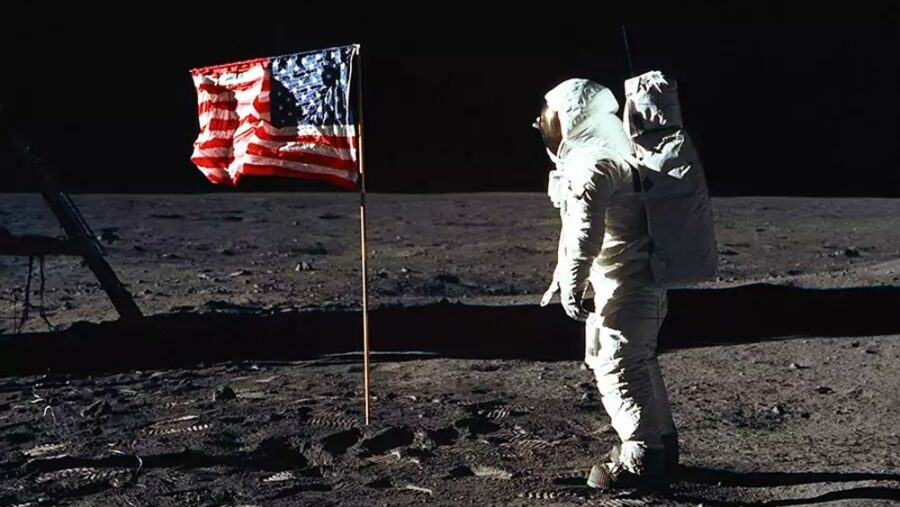
While some individuals and corporations have grand plans to colonize Mars, the blunt truth is that we still have plenty to learn about something far closer: our own moon. For example, from the first lunar visits, scientists have been trying to figure out exactly how the moon replenishes its exceedingly thin atmosphere. Now, after all these decades, we have an answer: it’s mostly caused by the impact of meteors.
The Lunar Atmosphere
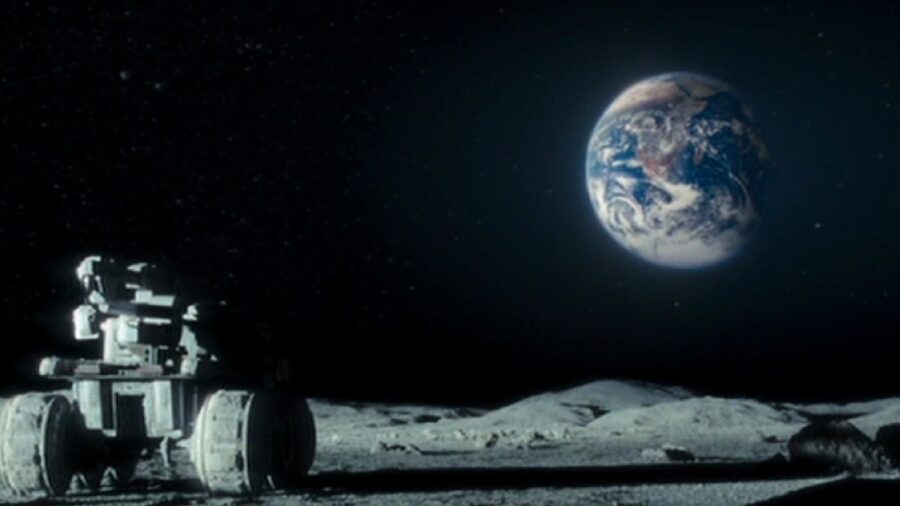
The mystery of what replenishes the thin moon atmosphere has been particularly vexing because those researching the matter have known the general cause of the thinness for a while now. The conclusion is that the atmosphere is so thin because of a weathering process. However, simply knowing about space weathering doesn’t answer the natural follow-up question: what the heck is causing the weathering, and how does it play a part in atmosphere replenishment?
Meteors Are The Answer
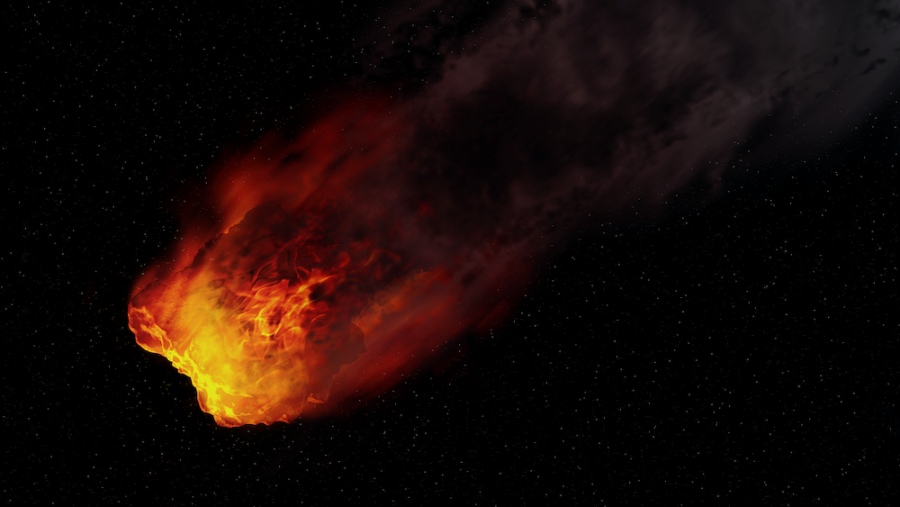
Now, thanks to MIT and some very talented scientists, we finally have some solid answers. Dr. Nicole Nie and her colleagues have been studying this phenomenon and recently published a paper in the journal Science Advances about the moon needing to constantly replenish its atmosphere because its atoms keep getting lost in space (and not in a fun “danger, Will Robinson!” kind of way).
When Nie began her latest research, the scientific community had generally determined that the moon replenished its atmosphere partially through solar sputtering (where particles from the sun hit the moon and release atoms) and meteor impact (atoms naturally release on impact).
Space Weathering
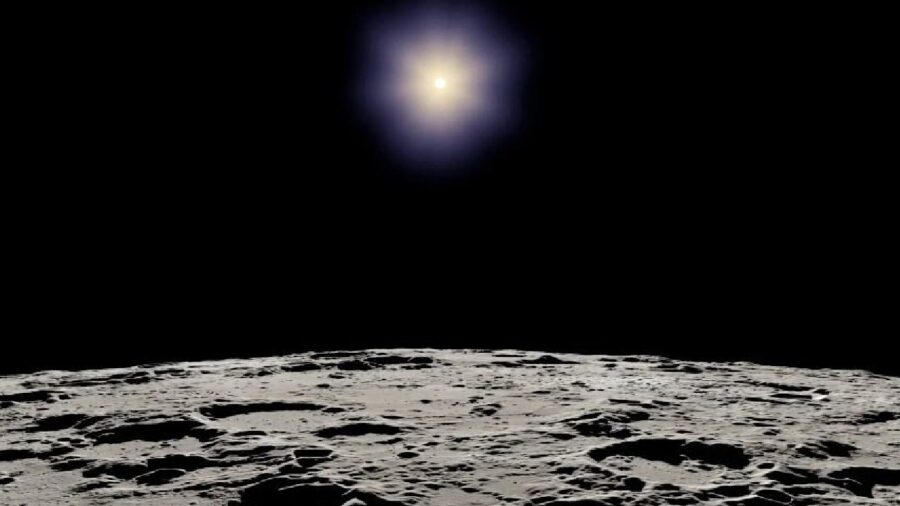
What was less clear, however, was whether it was the solar sputtering or the meteor impact that was chiefly responsible for replenishing the moon’s atmosphere. To answer this question, Nie and her team built a mathematical model to analyze lunar space weathering and measured isotopic compositions to figure out the primary way that the atmosphere managed to replenish itself. They concluded that 70 percent of the weathering was caused by meteor impacts, and the remaining 30 percent was caused by space weathering.
Every New Discovery Helps
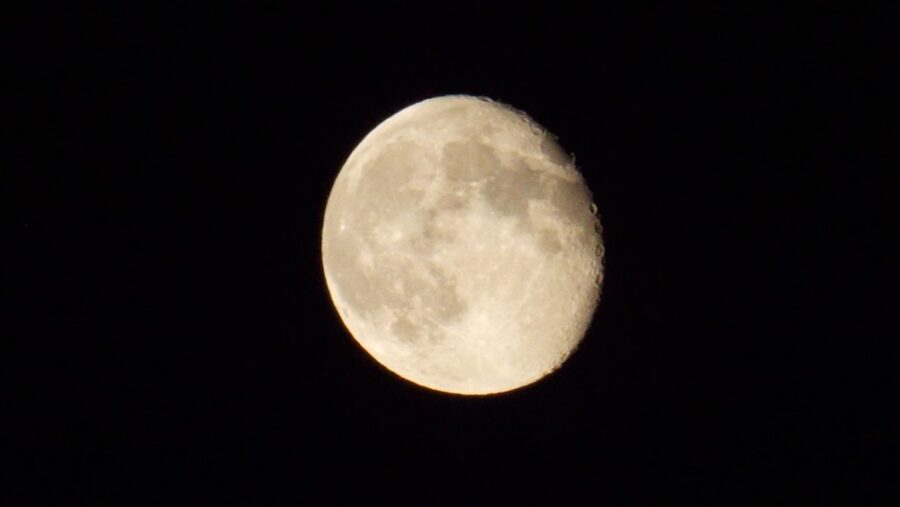
Now, if your scientific knowledge is limited to watching Star Trek reruns (hey, we feel you, brother), then you may now have a question of your own: just what is so significant about determining the main way that the moon replenishes its atmosphere?
The short answer is that even within the confines of our own solar system, there is a remarkable amount of variety in everything from the planets’ shape to atmospheric thickness. The more we can figure out how things like meteor impacts have shaped the atmosphere of the moon, the better we can understand other planetary bodies, which is crucial for future space exploration and colonization efforts.
The Mystery Of The Moon
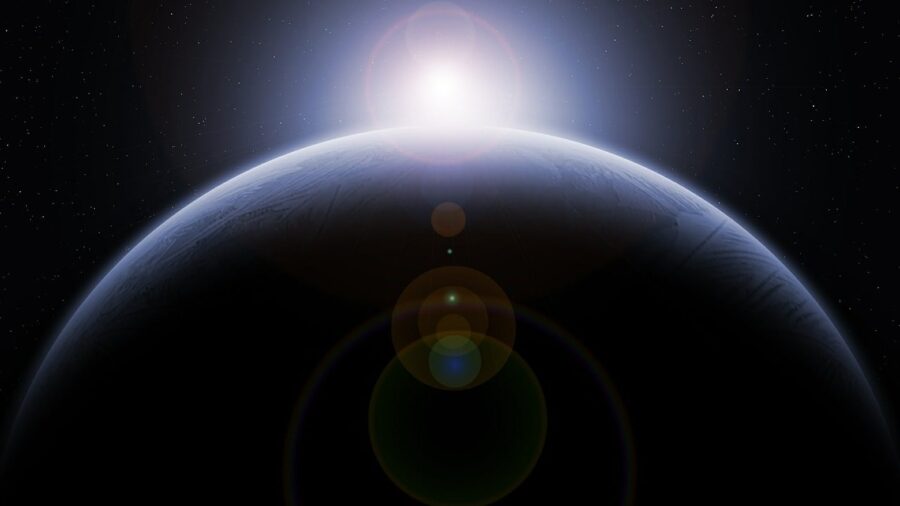
Plus, you don’t have to be a scientific expert to take enjoyment out of this newfound knowledge…like; how cool is it to look up at the moon each night and realize that we are still unlocking secrets about it half a century after landing on the lunar surface? The universe is full of mysteries, and every answer brings us one step closer to the cosmos. Those answers also help us understand ourselves because, as the late, great Carl Sagan reminded everyone, “we are made of star-stuff.”
Source: Science Advances











